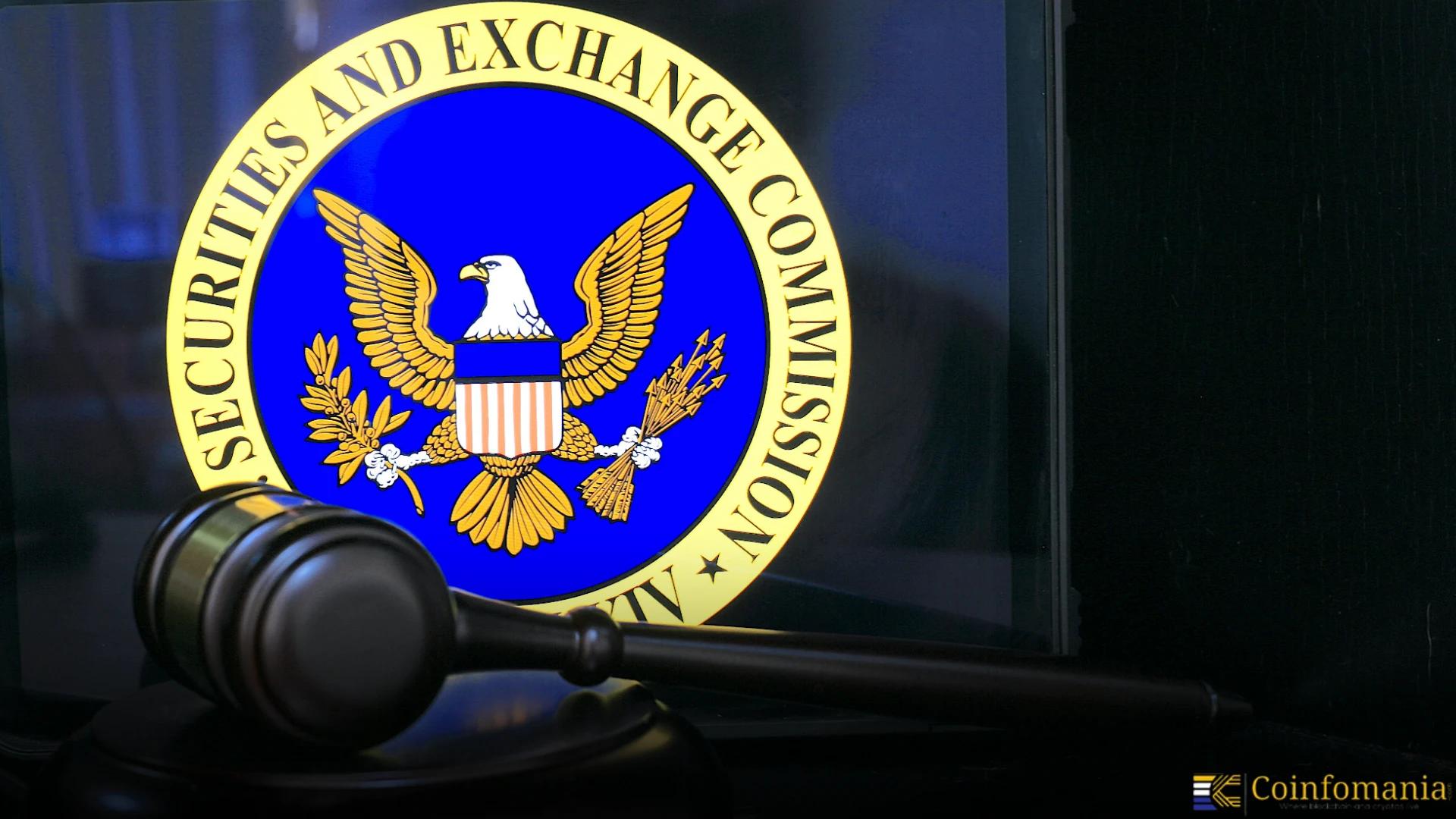SEC Clarifies Liquid Staking Is Custodial, Not Securities
SEC Commissioner Hester Peirce says liquid staking is a custodial function, not securities. DeFi liquidity surges as regulation shifts.

Quick Take
Summary is AI generated, newsroom reviewed.
SEC labels liquid staking as custodial—not a security.
DeFi liquidity growth spiked after regulatory clarification.
Centralization risks persist with dominant staking providers.
Peirce’s stance suggests future SEC rulemaking on staking.
SEC Commissioner Hester Peirce explained the fact that liquid staking is not a security. She explained that staking of derivatives such as stETH are custodial assets. This is congruent with her 2021 objection to the regulation of cryptocurrencies and DeFi protocols to an excessive degree. The agency stressed that tokenized staking does not resemble a passive investment contract. This difference gives confidence to staking platforms in terms of regulations. DeFi financial products can now get the picture with the investors.
The DeFi liquidity rises due to the change of regulations
The analysis by Chainlink demonstrates that the stETH utility increased by 300 percent since 2022. Liquid staking as a tool of collateralization and source of liquidity is incorporated in DeFi platforms. Cointelegraph says transaction volume grew 150 percent in 2025. This boom belies the story of crypto crackdown by regulation. Staking derivatives are becoming a popular way of gaining yield by hodlers. Wider network support and integration is given to custodial use cases.
Dangers of Centralization and Market Leadership
National Bureau of economic research studies cautions on the possible centralization of Lido. Liquid staking providers might become control centers of the networks. Systemic risk is aggravated when too many ecosystems are dependent upon a single protocol. The question among active developers is whether the governance tokens require decentralization requirements. It should ensure that the staking derivatives have protections such as the protocol diversifiers. New structures could need staking constraints by provider as subsidization in order to decrease risk.
SEC Shift and Regulatory Implications
The remarks of Peirce suggest that SEC is headed towards pragmatic crypto innovation. This is a potential leap forward in the clarity of non-ERC-20, non-Ethereum, token project clarity in the U.S. Crypto players will await broader SEC guidance. Other commissioners are conservative, testing ripple effects. Later in 2025, SEC may declare DeFi centric rulemaking. This may embrace the digital custody conventions and the staking procedures.
Follow us on Google News
Get the latest crypto insights and updates.


